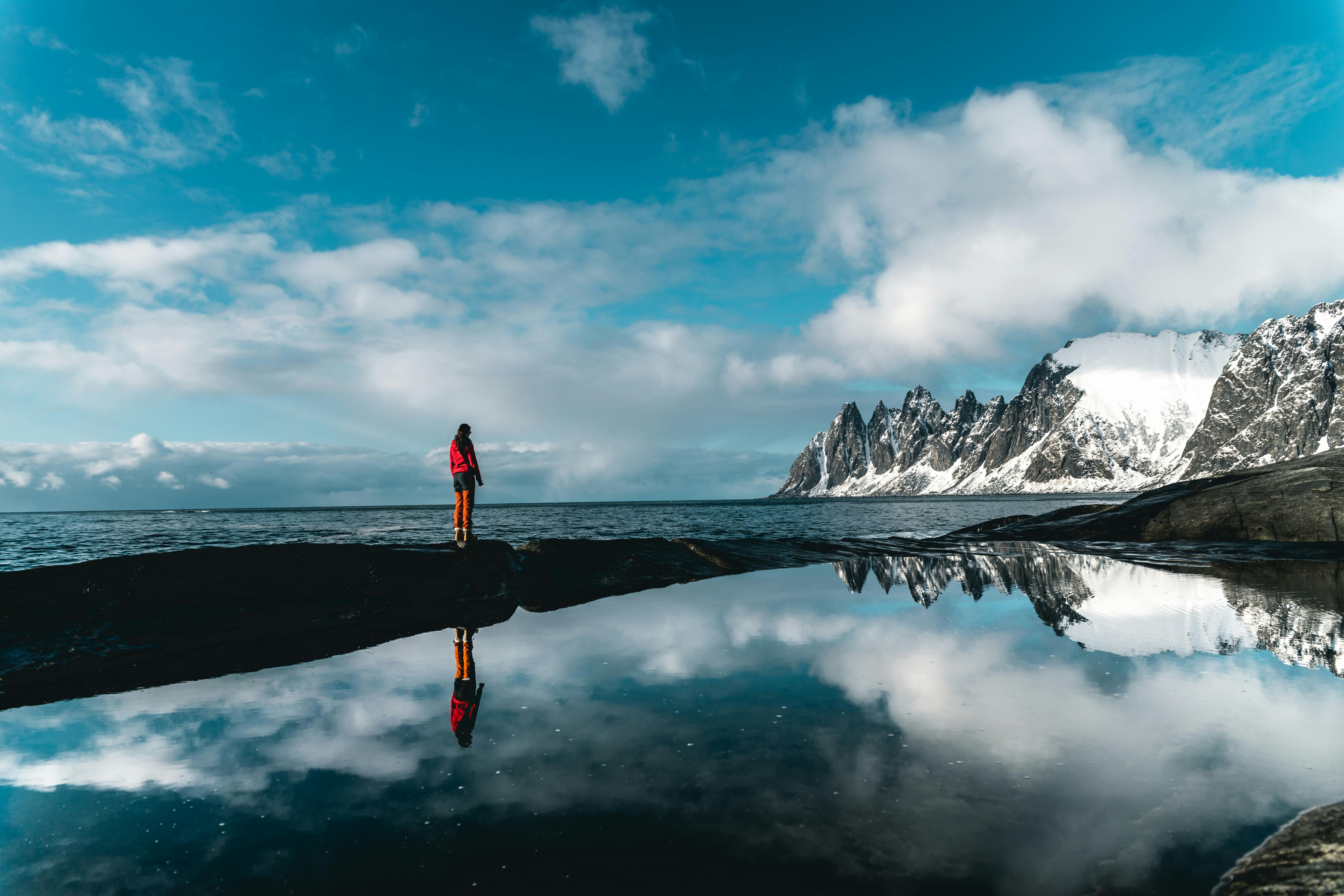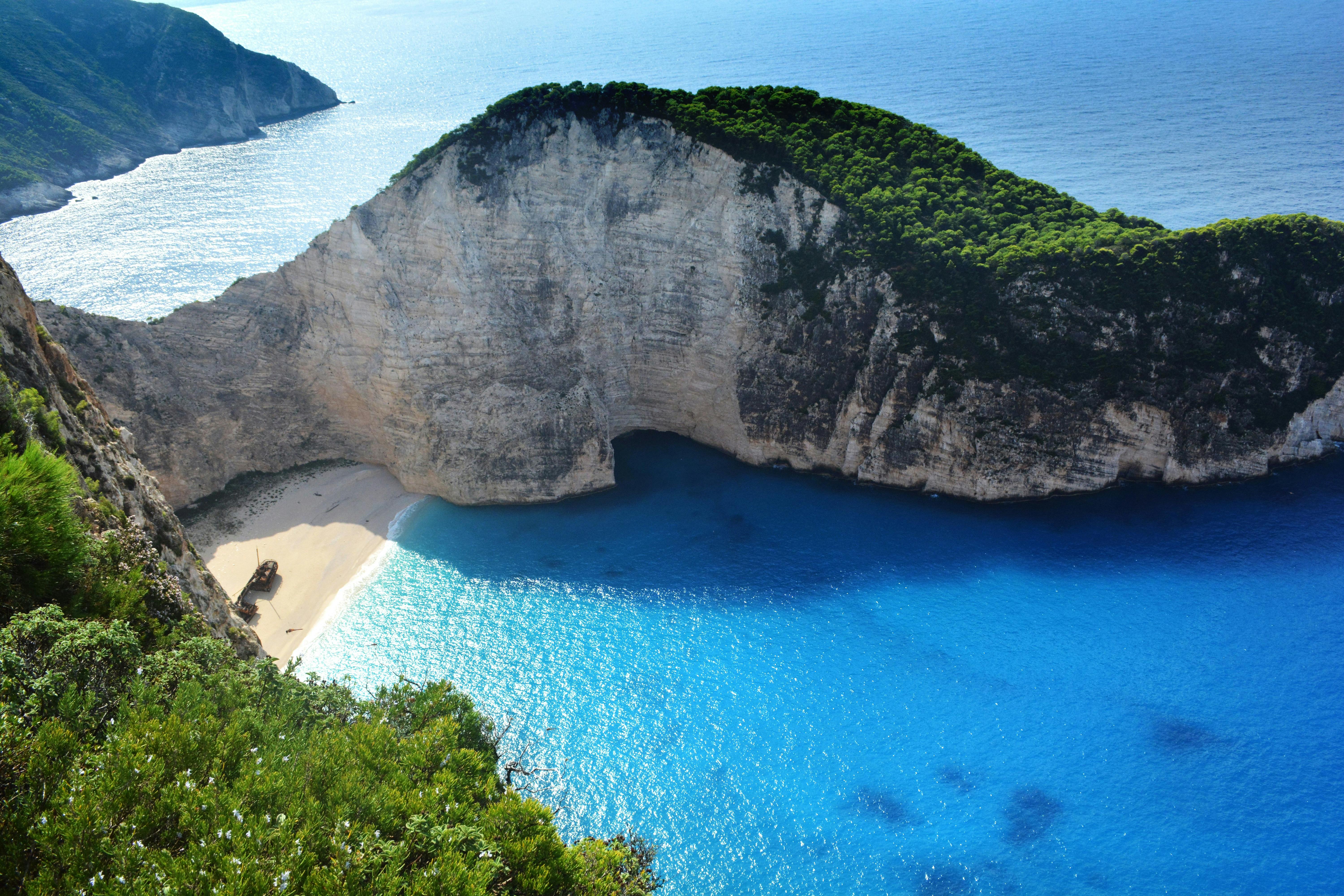In contrast to Cornwall’s south coast, which is washed by the relatively gentle English Channel, the north coast bears the brunt of the Atlantic Ocean, resulting in a rugged, wild and rocky coastline, interspersed with the occasional sandy bay. Although the distance between the two coasts falls to 15 miles in places, the contrast between the two is striking and adds to the attractions of a Cornish holiday.
The south coast, known as the ‘Cornish Riviera’ is the subject of another holiday guide. Like that, we started our north coast journey at Land’s End, the southwestern tip of Great Britain. Once the area was home to just one shop and pub that claimed to be England’s first and last shop and pub (depending on which direction you looked), and a signpost pointing to America, Ireland and your hometown (you spelled out the letters and swiped them over one of the pointers on the signpost) and displayed the mileage. It must be the most photographed signpost in the world. However, today the area has been commercialized with an amusement park. Frankly, it’s not fun and the area is not worth visiting, except to get your picture taken on that signpost.
A few miles along the coast is Sennen Cove, which has a long sandy beach, a hotel, and an old lifeboat station. Not really worth a visit. The next 20 miles of coastline are wild and untouched by tourism. The villages of St Just, Pendeen and Zennor have some granite buildings and there is evidence of old tin mines. This is definitely not an area to include in your itinerary.
We now come to Carbis Bay, an Atlantic protected area and home to the towns of St Ives, Carbis Bay and Lelant. St Ives is of course one of the most popular tourist centers in the UK. The beaches in the area are sandy and have safe bathing. The quaint town of St Ives is quaint but very busy. During the summer, visitors traveling by car have to queue and wait for another car to come out before gaining access. There is a park and ride near Lelant where you can catch a train to St Ives. If you intend to arrive in St Ives after 10am we recommend using the train for the last few kilometres.
St Ives has two beaches and a lovely harbour. Watch out for the seagulls! These birds are fearless and will swoop down and take the food right out of your hand. This can be scary, especially for children; so if you have to eat outdoors, be vigilant. They even eat ice cream! If you choose to stay in the area, there is a wide range of hotels, guest houses and cottages and self-catering apartments.
Leaving the Carbis Bay area, we move northeast until we reach the next area worth visiting: Newquay. A favorite with surfers and once the home of the world surfing championship, Newquay has several beaches, the most famous being Fistral, which is the best for surfing. However, if you can’t tell one end of a surfboard from the other, Newquay has little to offer.
Next we have Padstow which, like all other areas of interest on the north coast, lies in a sheltered bay from the Atlantic. Once a port that made a living with its fishing fleet, it is now just a port with a few yachts and a tourist attraction; quite though
The last place worth a visit on our trip to the north Cornish coast is Tintagel, home of King Arthur, his Round Table and the wizard Merlin. Okay, so the story goes anyway. King Arthur is supposed to have lived in the 5th century and there was a castle at Tintagel at that time, not the current one which was built in the 1230s and began to fall apart 200 years later and is now just a ruin.
Cornwall is Britain’s most popular area for holidays. The best way to enjoy your stay there is to tour the entire area and explore both coasts. Staying in a hotel or guest house may limit you to being around set times for meals, a better option is to rent a cottage so you can come and go as you please.



